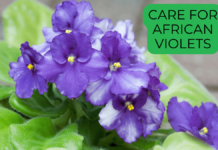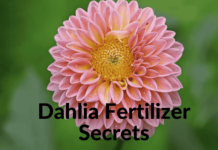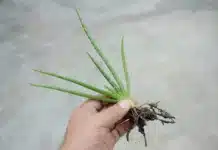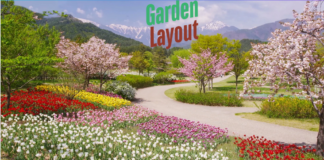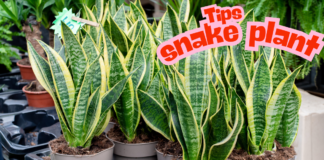Introduction:what tree grows near rivers
If you’ve ever strolled along a river, you might have noticed some trees thriving right by the water’s edge—standing tall, their roots gripping the soil, somehow flourishing where other plants might struggle. But have you ever wondered what kinds of trees grow best near rivers and why they’re so special?
As someone who’s spent plenty of time gardening near creeks and streams, I’ve learned that trees by rivers aren’t just lucky—they’re specially adapted to their watery neighborhoods. Let’s dive into the world of riverbank trees, uncovering their secrets, and maybe inspire you to bring some of that natural beauty to your own garden.
Why Do Some Trees Prefer Growing Near Rivers?
Trees growing along rivers deal with wet soil, shifting ground, and sometimes flooding. To survive, they develop deep and strong roots that anchor them securely. Plus, riverbanks provide rich, moist soil, perfect for trees that love water.
But heads up! Because these roots are so strong and extensive, it’s wise not to plant these trees too close to your underground pipes or paved areas. Trust me, you don’t want roots disrupting your home infrastructure.
Meet the Riverbank Trees: Nature’s Water Lovers
Here are some of the most common trees you’ll find thriving along rivers, especially in Europe and parts of North America.
Birch: The Elegant White-Barked Tree

Birch trees are stunning with their bright white bark and slender trunks. They love moist soil and can grow up to 18 meters tall. These trees handle cold weather well (down to about -20°C), making them perfect for cooler river climates. I’ve always been fascinated by the delicate contrast of their bark against lush river landscapes.
Horse Chestnut: The Giant with a Grand Crown

Imagine a tree towering up to 30 meters with huge, palmate leaves that turn vibrant reds and yellows in autumn—that’s the horse chestnut. It prefers moist but well-drained soil and can tolerate quite cold winters. This tree adds a majestic feel to any riverbank.
White Poplar: The Silvery-Leaved River Guardian

White poplars can grow nearly 30 meters tall and have leaves with a silvery underside that shimmers in the breeze. They thrive in temperate climates and withstand both flooding and frost. If you want a tree that protects riverbanks and looks graceful doing it, the white poplar is a top pick.
Swamp Cypress: The Aquatic Wonder

This towering tree, often found in southern U.S. wetlands, grows “knees” — special roots that stick up from the soil to help it breathe in swampy areas. It’s a conifer that loses its needles in fall, turning golden before dropping them. If you love unique trees, swamp cypress will catch your eye.
Narrow-Leaf Ash: The Fast-Growing Shade Maker

With a wide crown and orange leaves in fall, the narrow-leaf ash is fast-growing and hardy. It can take freezing temperatures and grows along southern European and North African rivers. I appreciate how quickly it adds shade and character to a riverbank.
Other Riverbank Favorites You Should Know
- Common Beech: Slow-growing but long-lived and elegant, beech trees prefer moist yet well-drained soil.
- Weeping Willow: Famous for its drooping branches, this tree demands constant moisture and adds graceful movement beside rivers and ponds.
- Common Linden: A large tree with a twisting trunk and ovate leaves, ideal for slightly acidic soils near water.
Planting Tips for Your Riverbank Garden
Many people imagine a neat lawn by the river, but grass often requires fertilizers and chemicals that can harm water quality. Instead, consider native trees and plants that naturally thrive near water. They’re easier to care for, support local wildlife, and help prevent erosion.
Adding a mix of:
- Flowering plants like cardinal flower and wild geranium for color,
- Shrubs like witch hazel and viburnum for year-round interest,
- Groundcovers like marsh marigold and swamp buttercup to stabilize soil,
can create a lush, healthy riverside garden that feels alive all year round.
Final Thoughts: Creating a Lasting Riverbank Oasis
Planting trees by the river is more than beautifying your landscape—it’s about nurturing an ecosystem. Strong-rooted trees like birch, horse chestnut, and swamp cypress don’t just survive near water—they thrive, protecting soil and offering shelter to wildlife.



